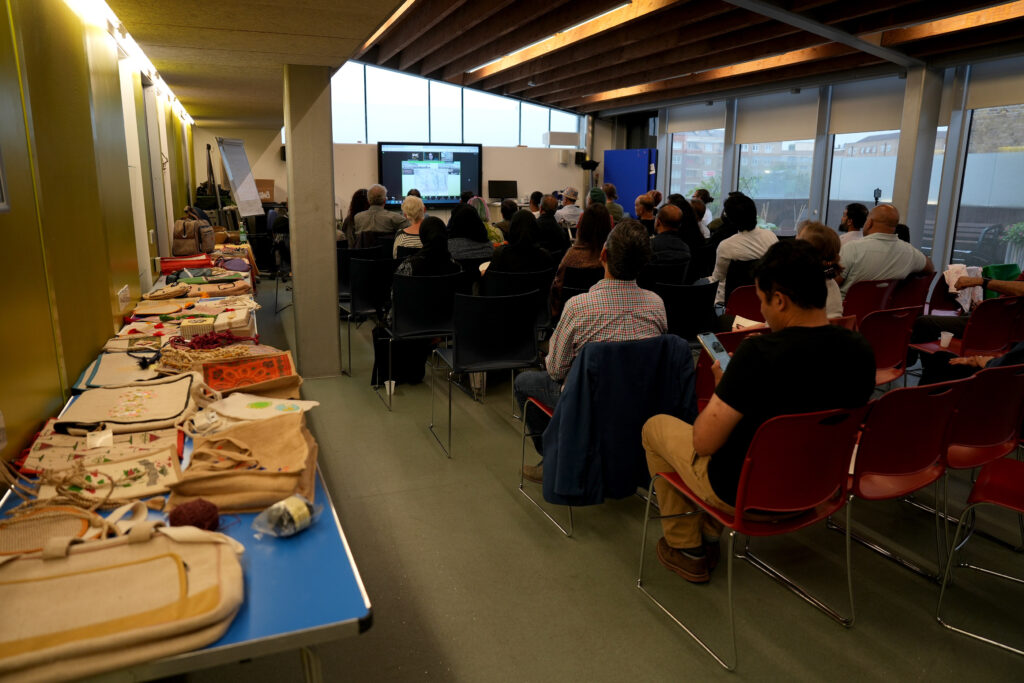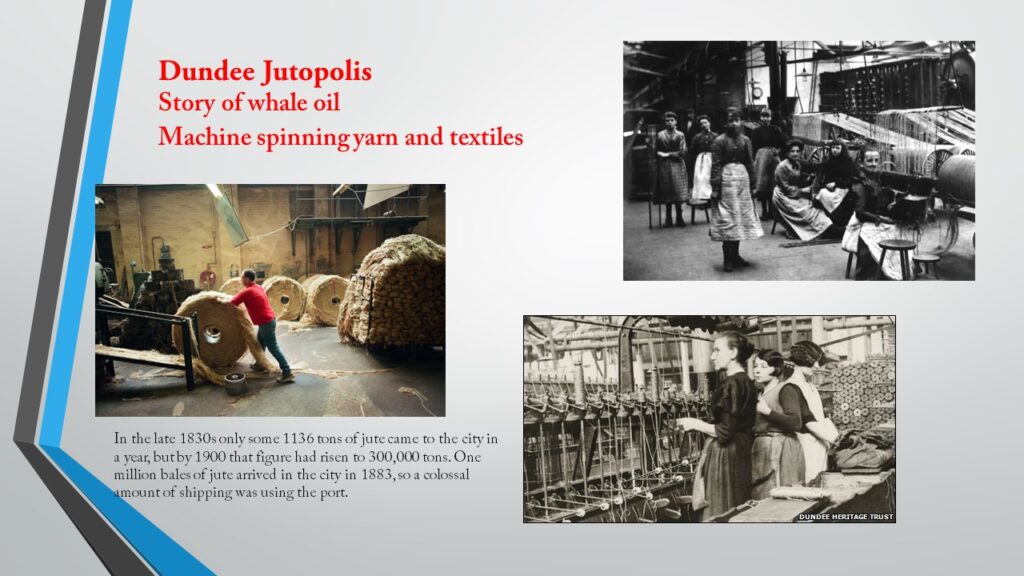How to apply to join the project as community participants
Stepney Community Trust officially launched the project at a well-attended event held on 26 July 2023 at the Idea Store Whitechapel. Please watch the launch video to learn more about the project and understand what’s involved.
Please download project information and application form. The deadline for applying is Sunday 3 September 2023.
Stepney Community Trust looks forward to receiving your application.
Project Information
Application form
Diversity questionnaire
Privacy Notice










Jute, the Golden Fibre of Bengal and an Empire Monopoly: How the Sweat of Bengal Cultivators Facilitated the Expansion of the Trade of the British Empire (1830-1940)
Press release!


Stepney Community Trust (SCT) is pleased to announce an award of £87,638 from The National Lottery Heritage Fund to run an exciting new project called – Jute, the Golden Fibre of Bengal and an Empire Monopoly: How the Sweat of Bengal Cultivators Facilitated the Expansion of the Trade of the British Empire (1830-1940). About a dozen community participants will be recruited, trained and supported to deliver this unique project. They will explore and share how, for more than one hundred years, jute became a British Empire monopoly and the primary fibre for making sacks and bags that carried raw materials, food, commodities and manufactured products in ships that moved across the world’s oceans to major cities and ports in all the continents.

For over a century, jute was the most used carrier material associated with the global trading operations of the British Empire. This project will help reveal this forgotten but significant heritage that connected Bengal, Britain and many parts of the world for a long time through the British Empire and the contributions of Bengal to British prosperity during the heyday of its power. It will also engage with colonial narratives regarding jute production by poor cultivators of mainly present-day Bangladesh and manufacturing in Dundee and Calcutta (Kolkata) to understand its heritage from multiple perspectives.
Historically, what is now Bangladesh was the native home of the jute fabric and produced the vast majority of the material used worldwide to transport and carry goods. In terms of manufacturing, two cities – first Dundee and later joined by Calcutta (Kolkata) – became the prominent locations in the world where the machine transformed the fibre into yearns and textiles in mills after mills set up to feed the ever-hungry packaging and carrier needs of the expanding world trade, mainly through the reach and operations of the British Empire.

The project will be delivered by community participants recruited from diverse East London and Dundee communities. They will receive training on archival research and palaeography, interviewing skills, decolonising colonial narratives, and visit heritage institutions, such as British Library, London Metropolitan Archives and Dundee Heritage Trust. These institutions and online resources, such as British Newspaper Archives and British History Online, have records of jute history and the British Empire.
The community participants will explore Dundee’s jute history and its local impacts; study jute imports, exports and factories in East London; undertake research on historical jute growing areas in present-day Bangladesh and the role of jute in the worldwide expansion of British trade and commerce. They will also make some jute products – both recreations of past products and creations of new items – using raw jute and jute textiles from Bangladesh. The items recreated could include, for example, gunny bags, hand-produced crafts, famous paintings on jute canvas and a ‘Coolgardie safe’ (invented in the mining area of Western Australia in the 1890s for preserving fresh food), which utilised jute as a heat transfer mechanism. The new creation would involve using jute from Bangladesh to produce, for example, bags and crafts based on inspiration from historical learning.
This initiative provides an opportunity to discover, share and promote a common, forgotten and deeply connected heritage of Bengal and Britain. This heritage is especially significant to East London with its long British Empire connections and, after the ending of the Empire, slowly emerging as the location with the largest Bangladeshi-origin population in the UK.
Discovering the contributions made by Bengal cultivators to world trade and Britain’s prosperity during the heyday of the British Empire will help reframe references within Britain’s multi-culturally diverse society and enable the development of a better appreciation of the contributions of Bengal cultivators to the prosperity of the British Empire while showing how the cultivators gained very little from the process and suffered much from indebtedness and frequent famines.
Understanding the role played by Dundee and the Irish women who worked in large numbers in the jute factories involved in spinning threads and weaving textiles will also help understand their role in expanding the worldwide trade of the British Empire. In addition, London Docklands’ vital role in importing, storing, exporting and re-shipping raw and manufactured jute from factories in Stratford, Barking and Dundee will be better explained and contextualised.
At the end, the outcomes encompassing the complex and unequal stories of jute – the poverty and exploitation in Bengal and the growth of Britain’s economic and military might – will be shared widely through a project completion celebration, a printed book, interview recordings, virtual reality immersive videos, a touring pop-up banners/jute products exhibition and a theatrical piece.
Bodrul Alom, Trustee and Company Secretary of Stepney Community Trust, stated, “We were very pleased to receive the good news of the funding from the Heritage Fund and look forward to delivering this unique, important heritage project.”
He continued, “SCT is a grassroots community organisation that runs activities designed to inspire, motivate and up-skill members of the local disadvantaged communities to go forward. We would like to thank the Heritage Fund for their support and thanks to National Lottery players that fund projects showcasing Britain’s diverse heritage.”
For further information about this unique project, please email: [email protected]
Stepney Community Trust, 46 Myrdle Street, London E1 1HL

About The National Lottery Heritage Fund
Using money raised by the National Lottery, we Inspire, lead and resource the UK’s heritage to create positive and lasting change for people and communities, now and in the future. www.heritagefund.org.uk.
Follow @HeritageFundUK on Twitter, Facebook and Instagram and use #NationalLotteryHeritageFund
Since The National Lottery began in 1994, National Lottery players have raised over £46billion for projects and more than 670,000 grants have been awarded across the UK – the equivalent of more than 240 lottery grants in every UK postcode district. More than £30 million raised each week goes to good causes across the UK.
A major project launch is being planned. Date and venue in July 2023 to be confirmed.


